Phonics Skills Normal Letter Sounds Worksheets for Ages 5-9
7 filtered results
-
From - To
Enhance your child's early literacy skills with our "Phonics Skills Normal Letter Sounds Worksheets" designed for ages 5-9. These engaging worksheets provide a fun and interactive way for young learners to master the sounds of the alphabet, a foundational skill for reading. Each worksheet features colorful illustrations and easy-to-follow activities that help children recognize, pronounce, and apply letter sounds in words. Perfect for homeschooling, classroom activities, or extra practice at home, our phonics worksheets are tailored to support diverse learning styles. Start laying the groundwork for your child's reading success today with these interactive resources!
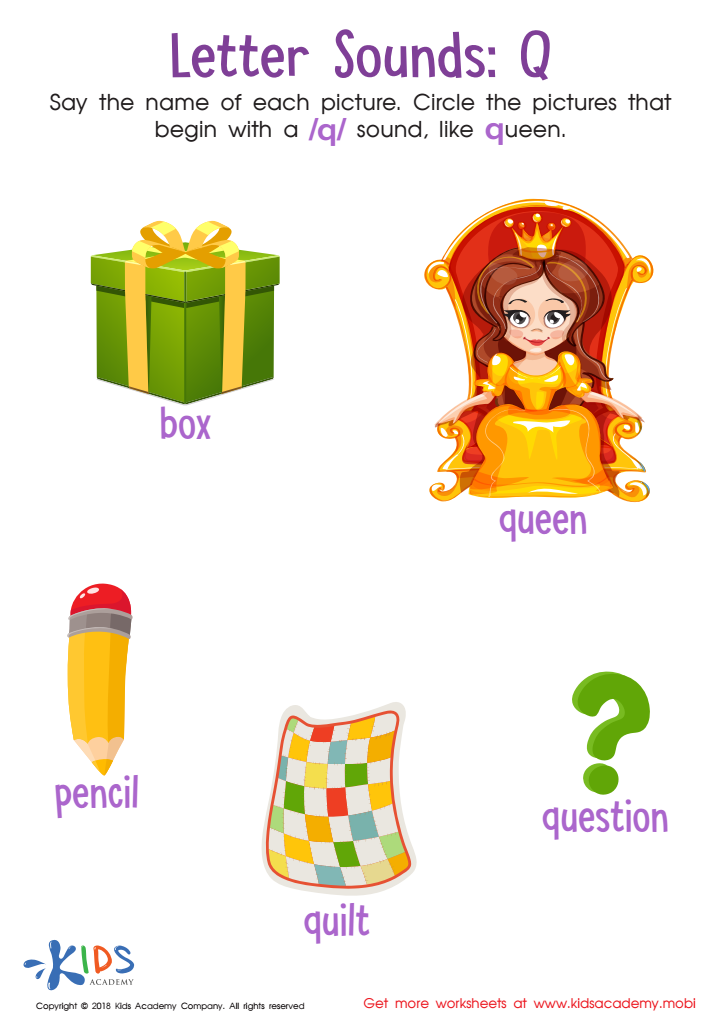

Letter Q Sounds Worksheet
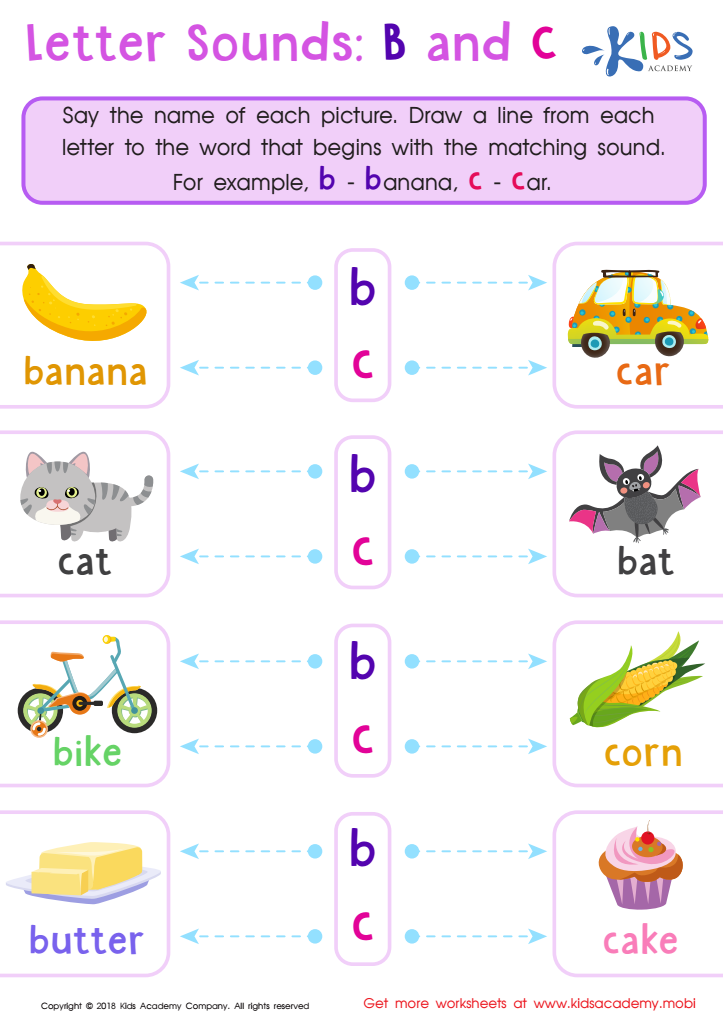

Letter B and C Sounds Worksheet


What Do You Hear? Worksheet
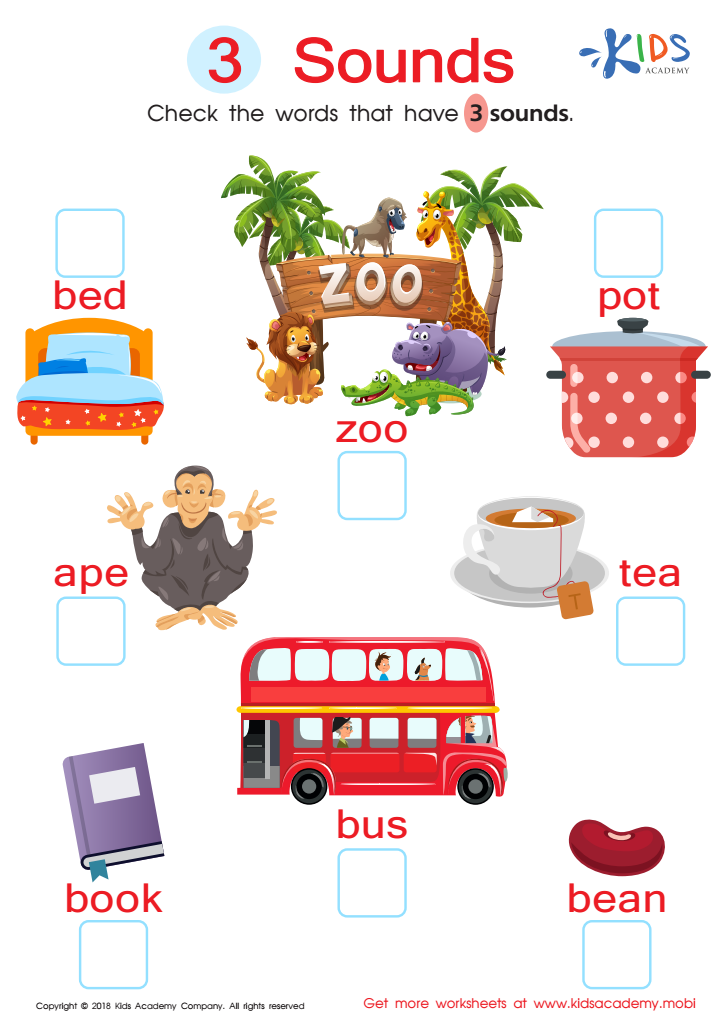

3 Sounds Worksheet
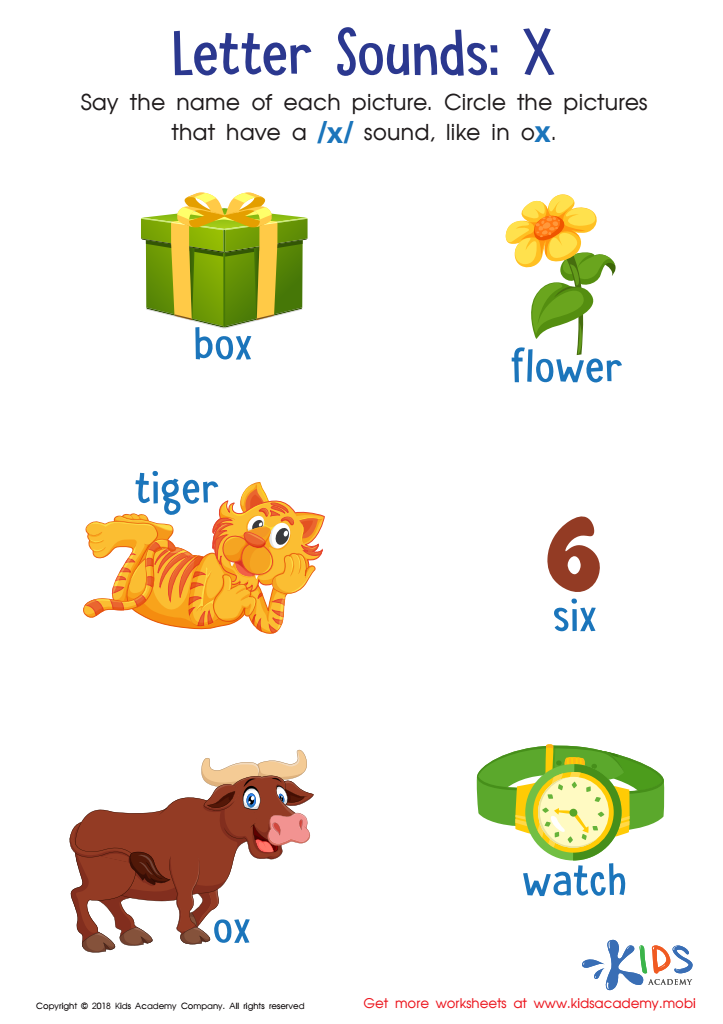

Letter X Sounds Worksheet
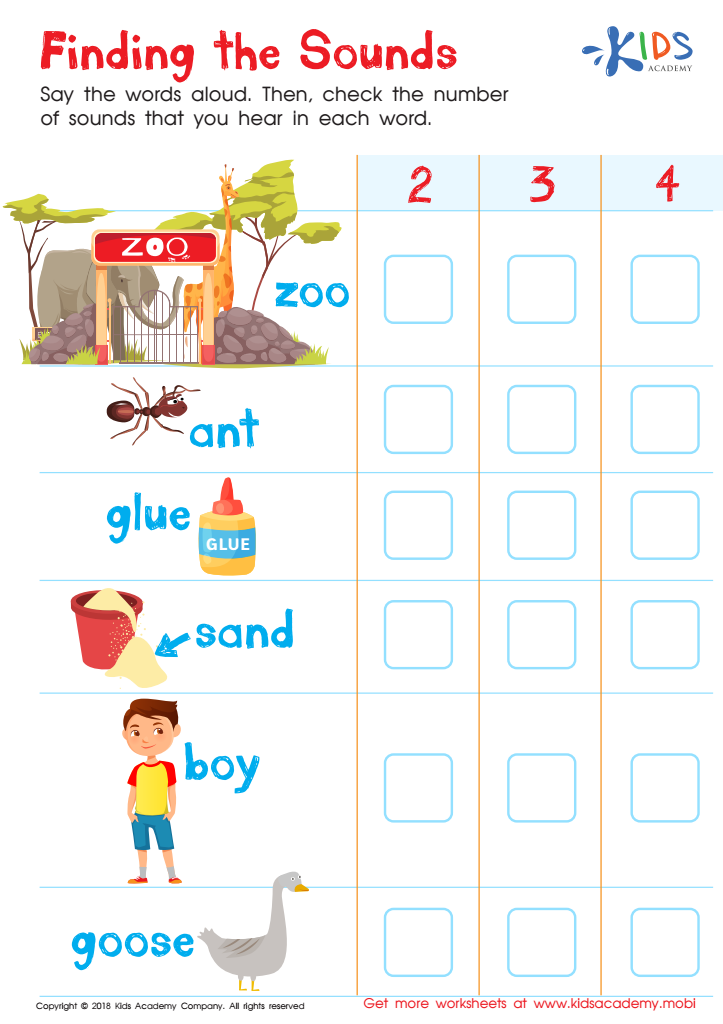

Finding the Sounds Worksheet


Letter l and M Sounds Worksheet
Phonics skills, particularly mastery of normal letter sounds, are fundamental for children's reading and writing development, especially for ages 5 to 9. Understanding these sounds is the cornerstone of phonemic awareness, which enables children to decode words effectively. When students recognize how letters correspond to sounds, they can sound out unfamiliar words, facilitating independent reading and comprehension.
Additionally, phonics instruction lays the groundwork for spelling proficiency. Children equipped with strong phonics skills are more adept at decoding words, which simplifies writing tasks. This fosters confidence in their literacy abilities, encouraging a lifelong love for reading.
Parents and teachers play a crucial role in reinforcing phonics skills through engaging activities and practice. Consistent exposure to normal letter sounds helps solidify these concepts in young minds, making them essential for academic success in later years.
Furthermore, phonics awareness contributes to overall language development. It enhances vocabulary acquisition and supports oral language skills, as children begin to connect sounds with meaning. By prioritizing phonics instruction, adults can ensure that children build a solid literacy foundation, paving the way for future educational achievements. Recognizing its significance is essential for fostering effective communication skills in our increasingly literate society.
 Assign to My Students
Assign to My Students














